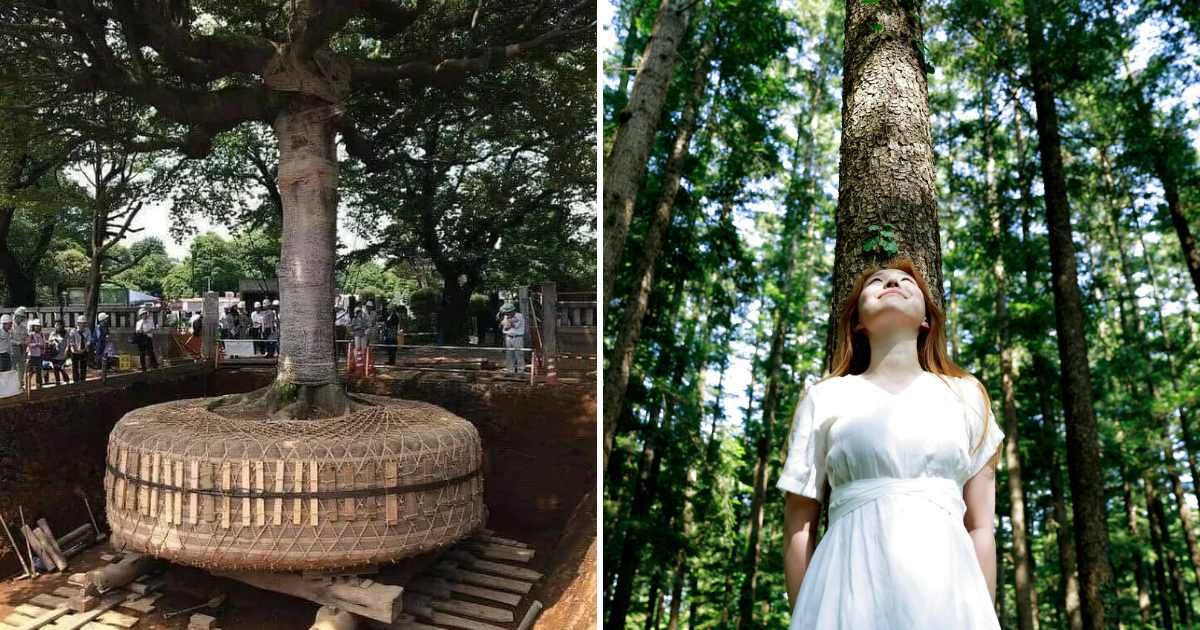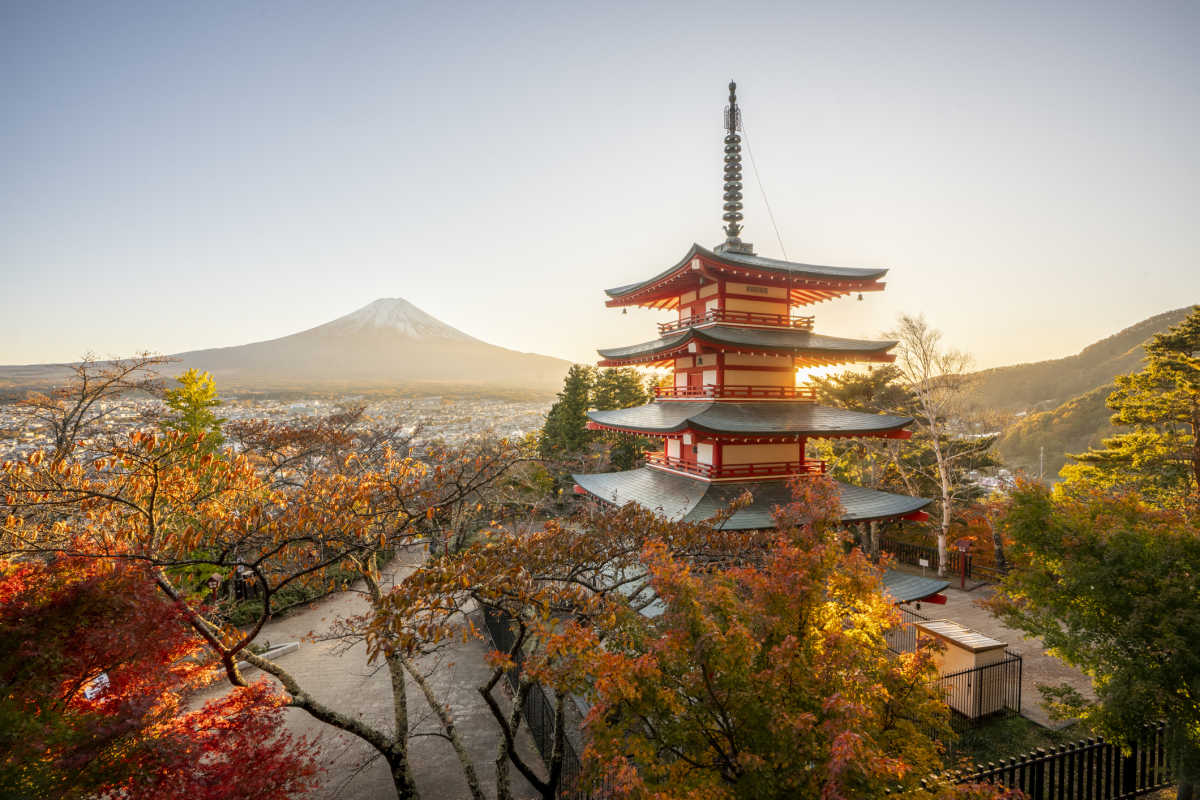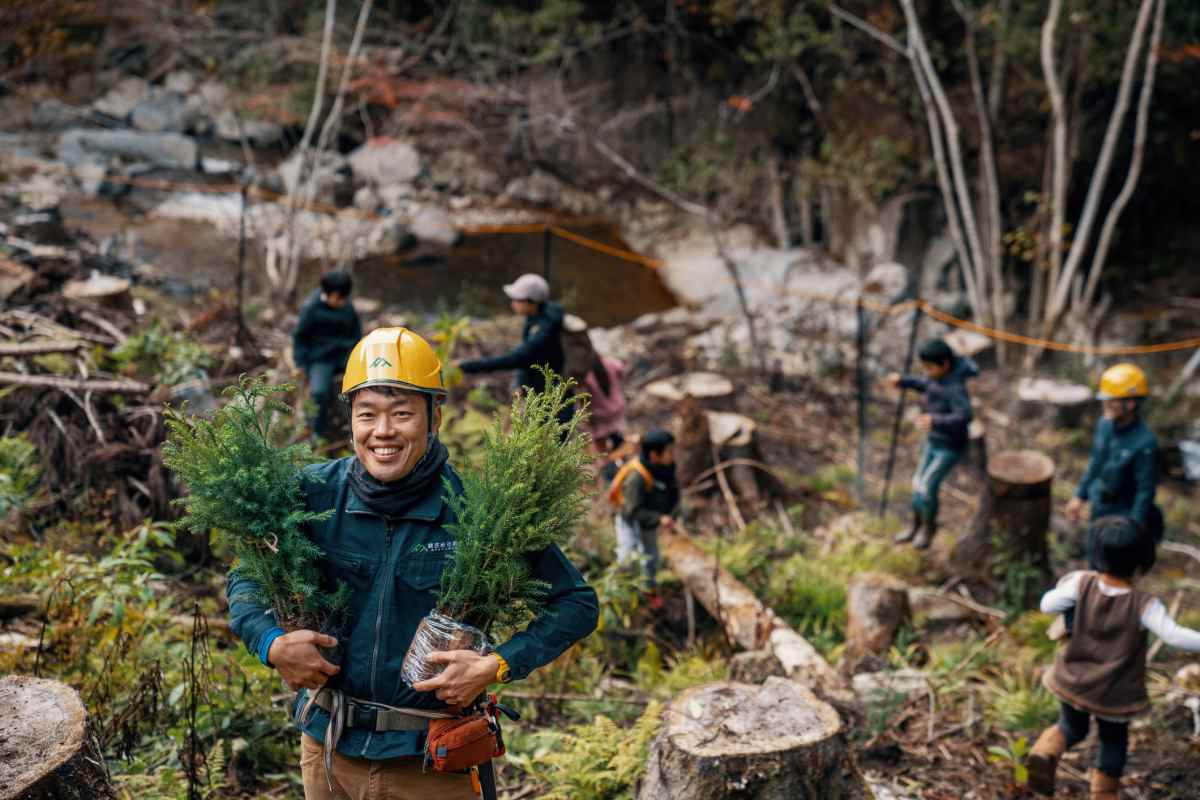Japan Quietly Saves Nature By 'Relocating' Trees During Roadwork And The World Is Taking Notes

Beneath the fluttering trails of cherry blossoms, Japan’s residents revel in the lap of Mother Nature. The people of this country have always turned heads by prioritizing the preservation of natural resources. The ritual, called “hanami,” is just one of the cultural linchpins Japanese hold on to to remain connected with the cosmic thread of life rooted in deep spirituality. While the major chunk of the world tends to destroy nature in the name of advancement, Japan believes in embracing and nurturing it. One way they do it is by protecting their trees through a ritual called “Nemawashi.”

Preservation, not destruction
View this post on Instagram
It is depressing to see a tree being chopped down and its home getting splattered with charcoal and asphalt; to witness the shade it endowed getting eaten up by shady structures. Instead of forcing nature to bend down against their desires, Japanese people hold it close to their hearts, believing that both preservation and progress can be attained together. As Reddit user u/AristonD shared in a picture, Japanese people follow the practice of relocating trees instead of cutting them down. They call this ritual “Nemawashi,” a word that translates to “back to the roots.”
What is Nemawashi?
According to a definition shared by the Indian entrepreneur Jai Raj Singh Shekhawat, nemawashi is the process of nurturing and protecting the tree’s roots before it is moved to a new location. The technique is typically employed when a parent tree is blocking an important route or hampering a pathway. But instead of killing the tree by ripping its roots, they loosen it slowly, gradually from the soil bed, and relocate it to another place. The technique allows the tree to survive the migration process without getting hurt. In place of aggressive chainsaws, axes, or creepy-looking machines, the Japanese approach the tree with wisdom, love, and an understanding that stems from the country’s Shinto religion.
Trees in Shinto folklore

According to Japanese folklore rooted in Shinto religion, people believe that trees are not stationary entities. A tree is held in reverence as an ancient spirit named “kami.” As Harvard’s Arboretum explains, every tree here is believed to be tied by a sacred thread called “shimenawa.” Chopping down a tree to bulldoze the land with a shiny new landscaping design will only make the spirit unleash its anger and wrath on the tree-cutters. The goal is not destruction; it’s preservation and love. The ritual starts with tenderly loosening the tree’s roots from the ground. This isn’t a vigorous process. It is done in stages, over months and years, so the tree doesn’t get a shock.
View this post on Instagram
Once the tree allows itself to be moved to a new spot, the landscapers lay it down on festival floaties, which are mostly wooden beams, inflatable platforms, and comfortable cradling cranes. The tree then goes on a voyage towards its new home. “The world should be more like this,” said u/buterskotchhnootaz in a Reddit comment. “This is ultimate respect,” said u/bubbleburgz. Renowned astrophysicist Neil deGrasse Tyson commented on the tradition in a Facebook post, saying, “In a world where rapid urban development often comes at the cost of nature, Japan sets a powerful and inspiring example: preserve, don’t destroy.”

To the outsiders or tourists, nemawashi might look like too much of a ceremonial woo-woo. But when looked at from a higher perspective, this tradition is an anecdote bundled with insights on inspiration, love, wisdom, connectedness, and above all things, leadership. Leading the world towards a better tomorrow doesn’t come with destroying what is there today.
More on Green Matters
A 'Taiji Zen Garden' Is The Quiet, Peaceful Place Your Mind and Soul May Have Been Waiting For
Mom Inspired by Ancient Japanese Planting Method Creates an Entire Garden Out of Upcycled Waste